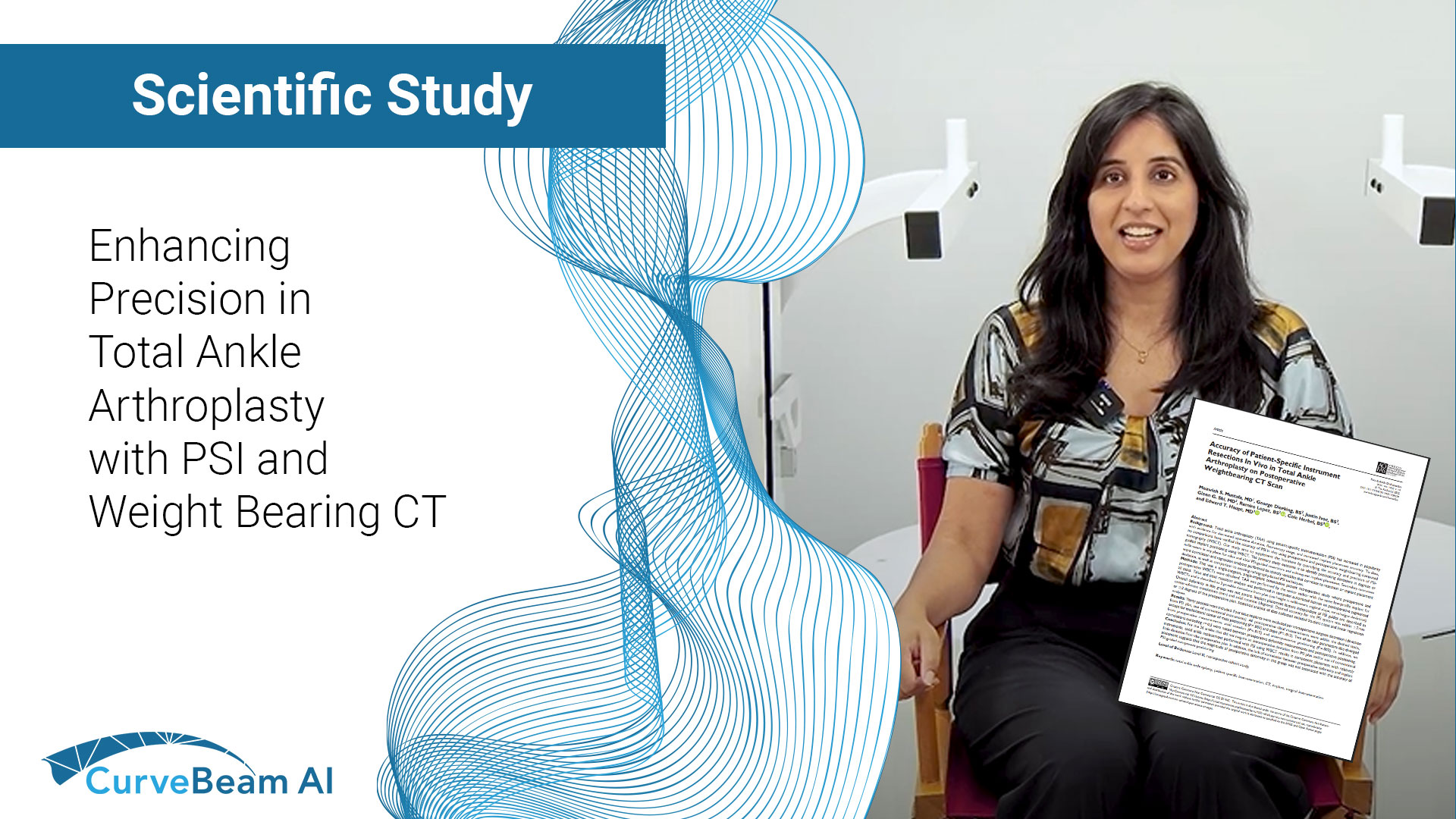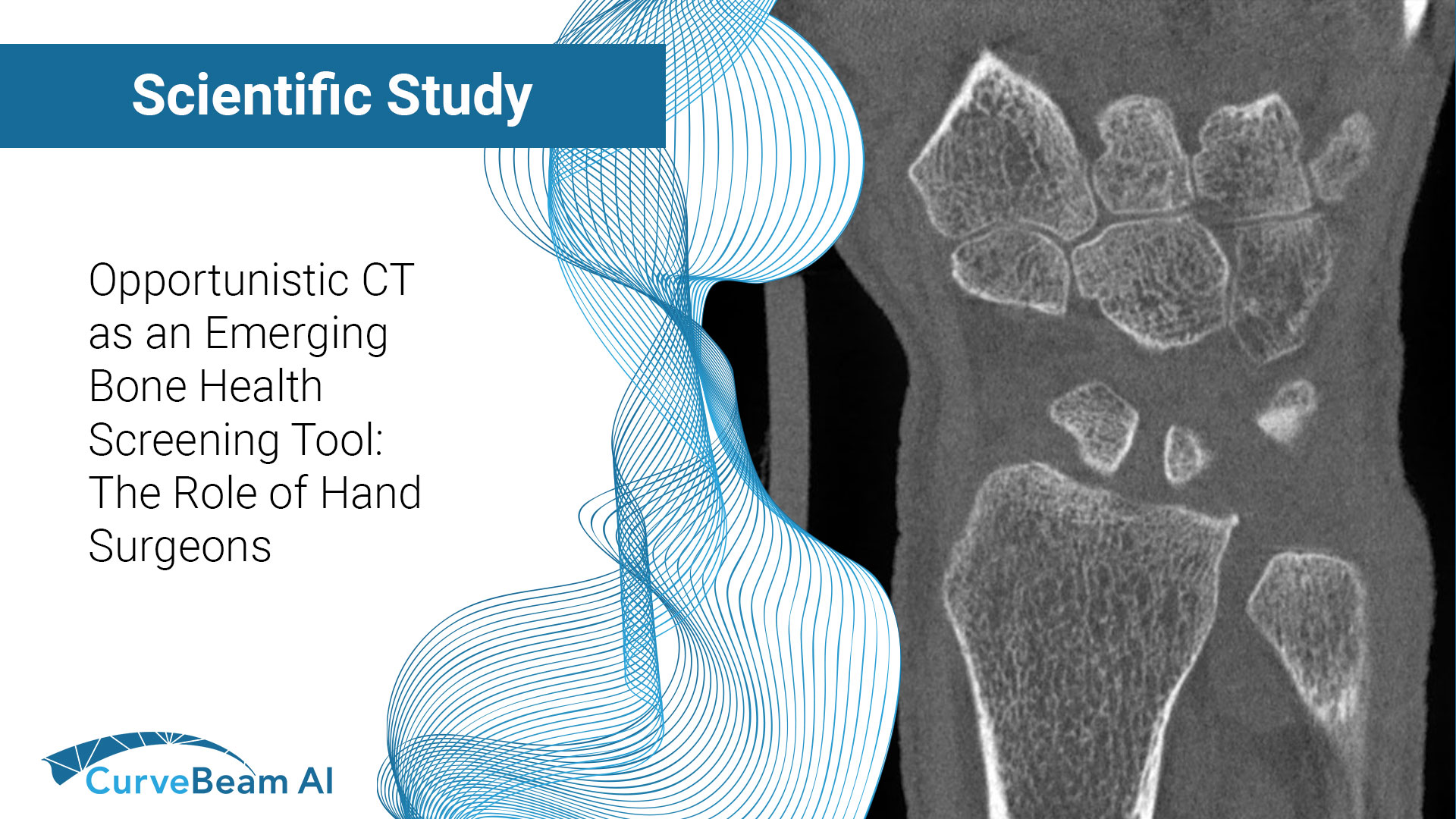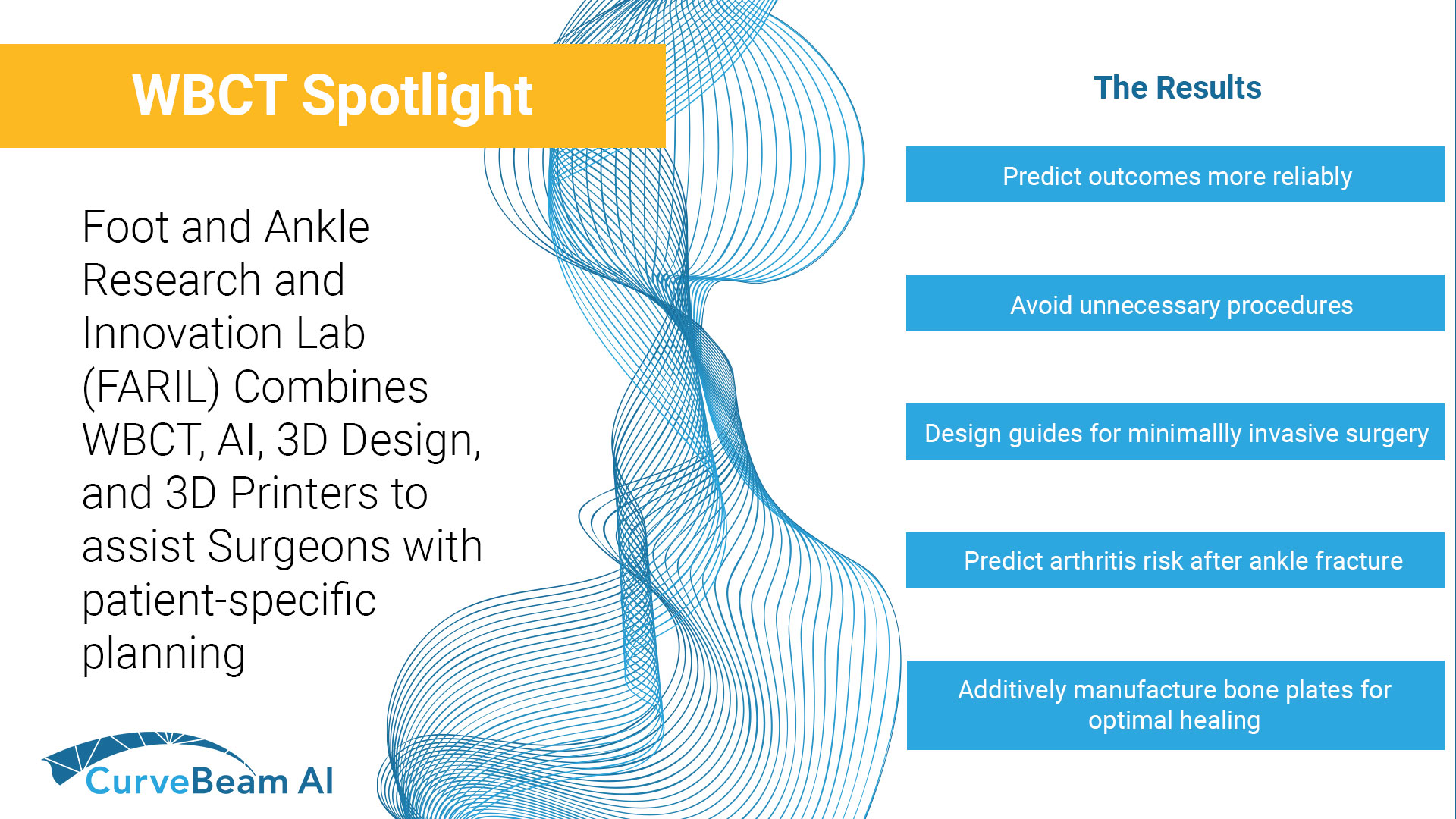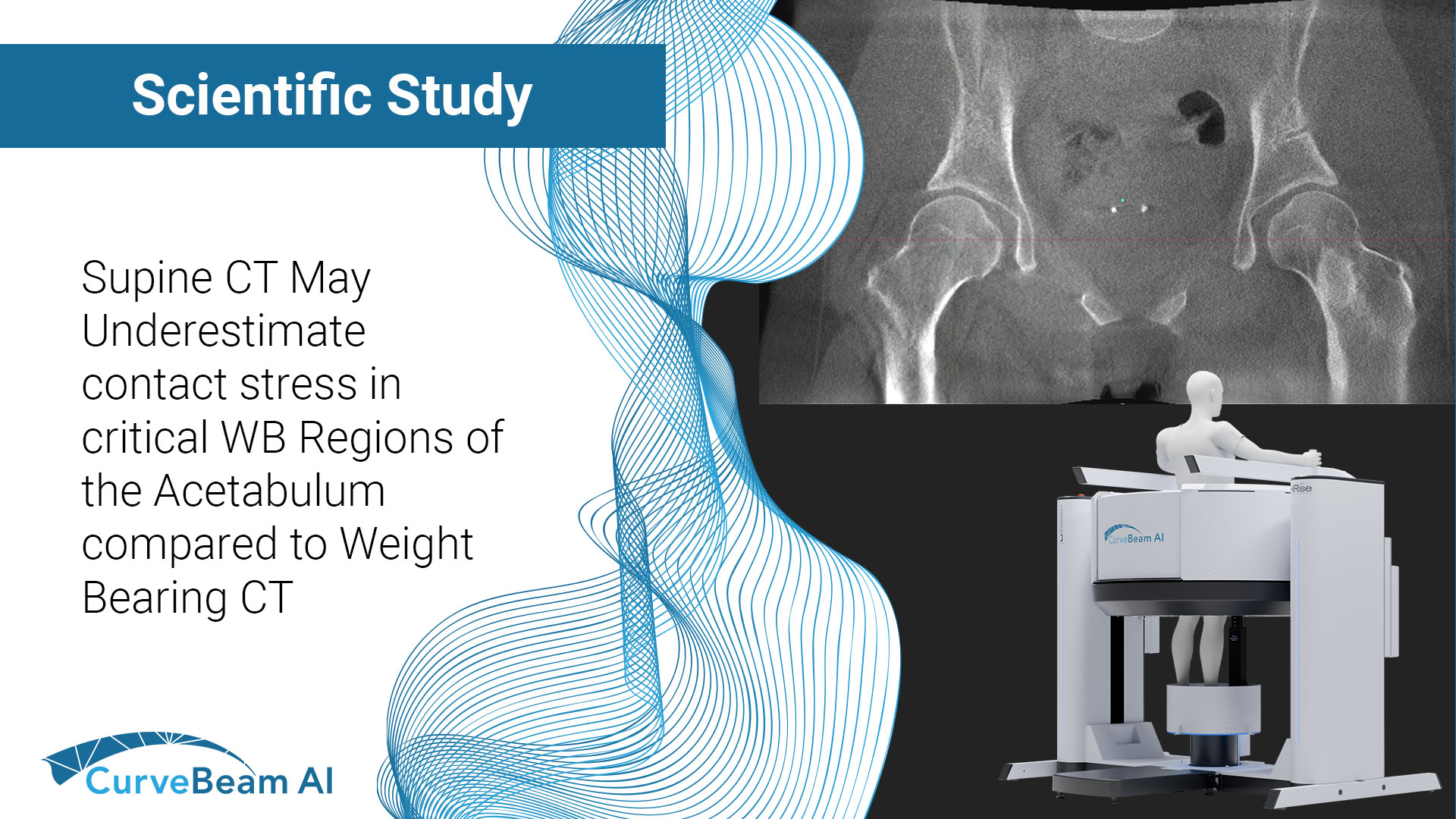Fragility fractures are often the first visible sign of underlying osteoporosis but too often, they…

Enhancing Precision in Total Ankle Arthroplasty with PSI and Weight Bearing CT
In recent years, patient-specific instrumentation (PSI) for total ankle arthroplasty (TAA) has gained momentum, driven by evidence suggesting reduced operative time, lower fluoroscopy exposure, and improved implant positioning. However, most of these findings relied on standard radiography, which is outpaced by the accuracy of weight bearing computed tomography (WBCT).
A recent retrospective study conducted by Moawiah S Mustafa et al., using one implant system, bridges this gap. The goal: to quantify how closely PSI-guided surgery adheres to preoperative plans when analyzed through pre- and post-operative WBCT scans.
Method
- Participants: 30 consecutive TAA patients, all undergoing pre- and post-operative WBCT imaging.
- Intervention: Use of PSI based on WBCT templates for tibial and talar resections, with a low-profile implant.
- Benchmark: Component accuracy was measured against a ±2 mm (translation) or ±2° (rotation/angulation) threshold.
- Metrics: Six measurements per implant (tibia and talus), including cut height, slope, varus/valgus deviation, center-of-mass shifts, and axial rotation.
- Analysis: Statistical testing (Student’s t-test) and regression analyses interrogated deviations and the influence of preoperative deformities.
Results
- Tibial alignment: Most parameters tightly aligned with plans except for mediolateral translation (P = .003) and slope (P = .013), both exceeding the ±2 mm/° threshold.
- Talar alignment: Two measurements showed significant deviation: axial rotation (P = .015) and anteroposterior positioning (P = .002).
- Overall performance: Among the 26 ankles where PSI protocol was fully followed, 8 of 12 total measurements fell within the predefined accuracy limits.
- Deformity impact: No strong correlations (r > 0.5) emerged between preoperative deformity and postoperative implant positioning, highlighting PSI’s robustness across variation.
Discussion
This study demonstrates that PSI based on WBCT enables highly precise component placement, even when evaluated under the more rigorous standards of weight bearing CT. The few deviations, particularly in tibial slope and talar positioning, spotlight the need for intraoperative awareness, especially given that certain decisions (e.g., how the talus implant is seated) remain at the surgeon’s discretion.
Furthermore, the lack of linkage between deformity severity and placement accuracy underscores PSI’s capability to manage a wide range of anatomical presentations, supporting its adaptability in clinical practice.
Conclusion
PSI in TAA, when guided by WBCT, shows promising precision, most components adhere well to preoperative plans, with manageable outliers. As TAA evolves toward more nuanced, anatomical customization, integrating PSI and advanced imaging offers meaningful potential for improving outcomes.
Read the full study here for deeper insights and methodology details.
Mustafa MS, Dierking G, Ivoc J, Shi GG, Lopez R, Herbel C, Haupt ET. Accuracy of Patient-Specific Instrument Resections In Vivo in Total Ankle Arthroplasty on Postoperative Weightbearing CT Scan. Foot Ankle Orthop. 2025 May 29;10(2):24730114251338258. doi: 10.1177/24730114251338258. PMID: 40453512; PMCID: PMC12123138.




